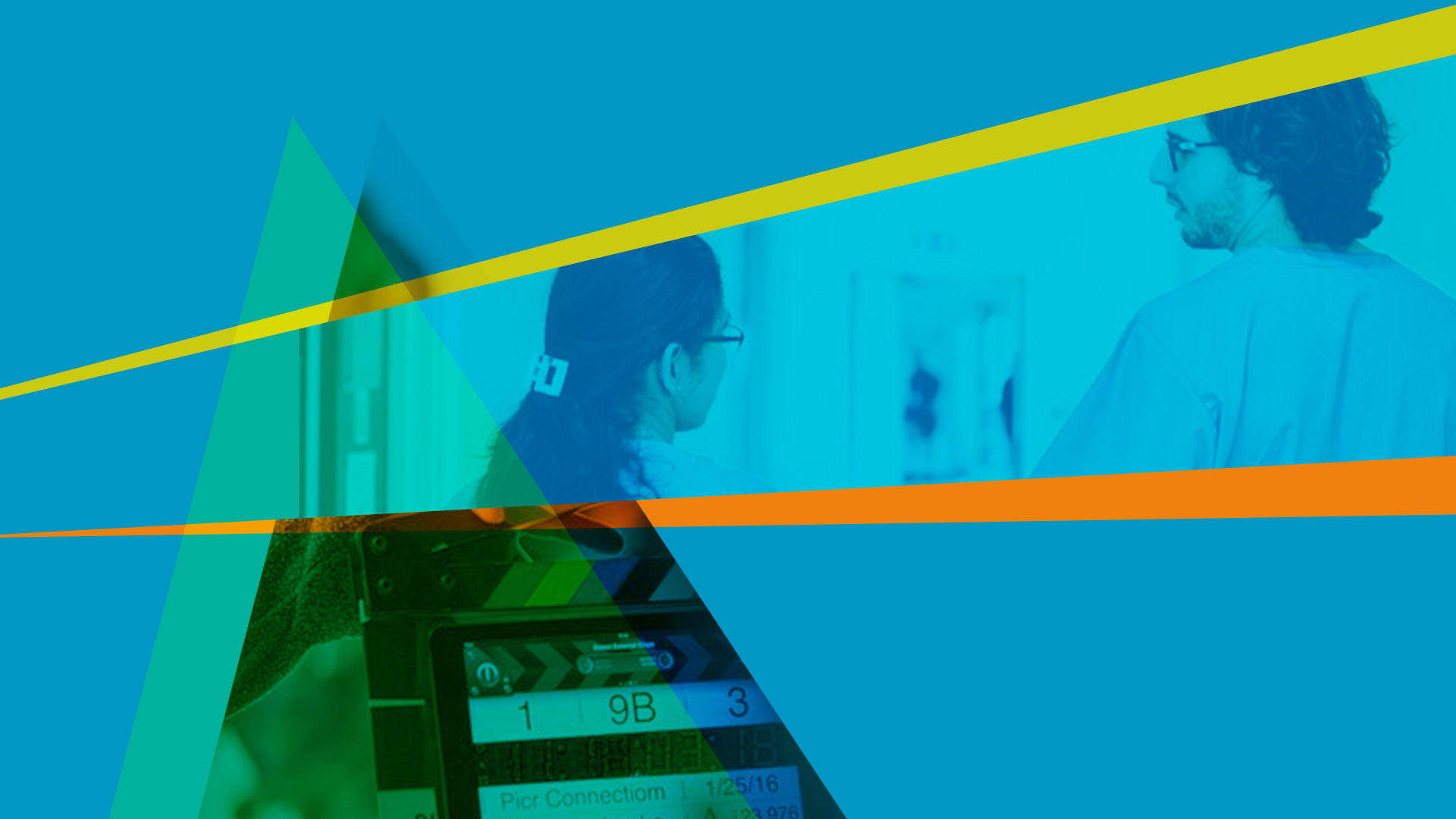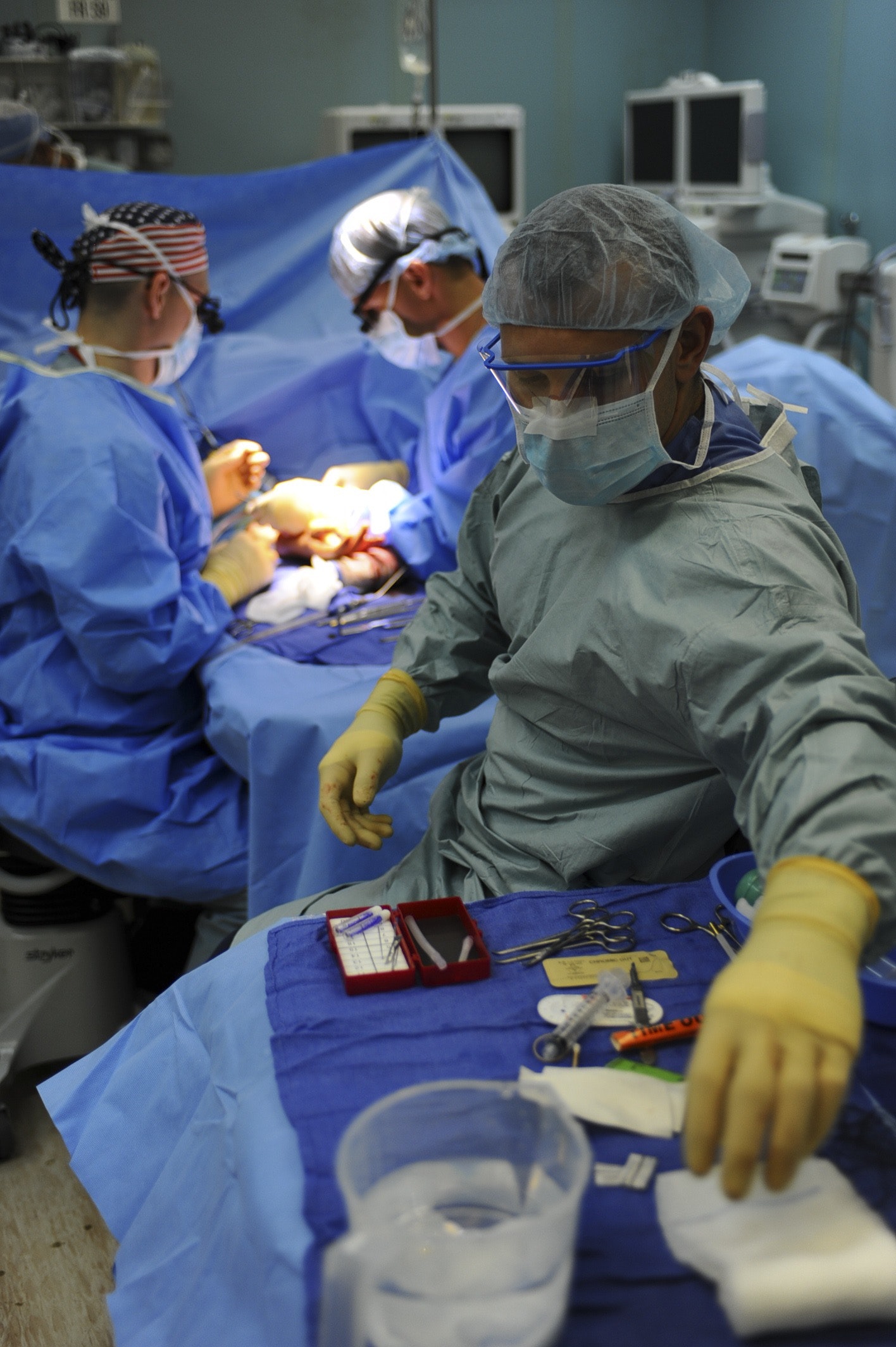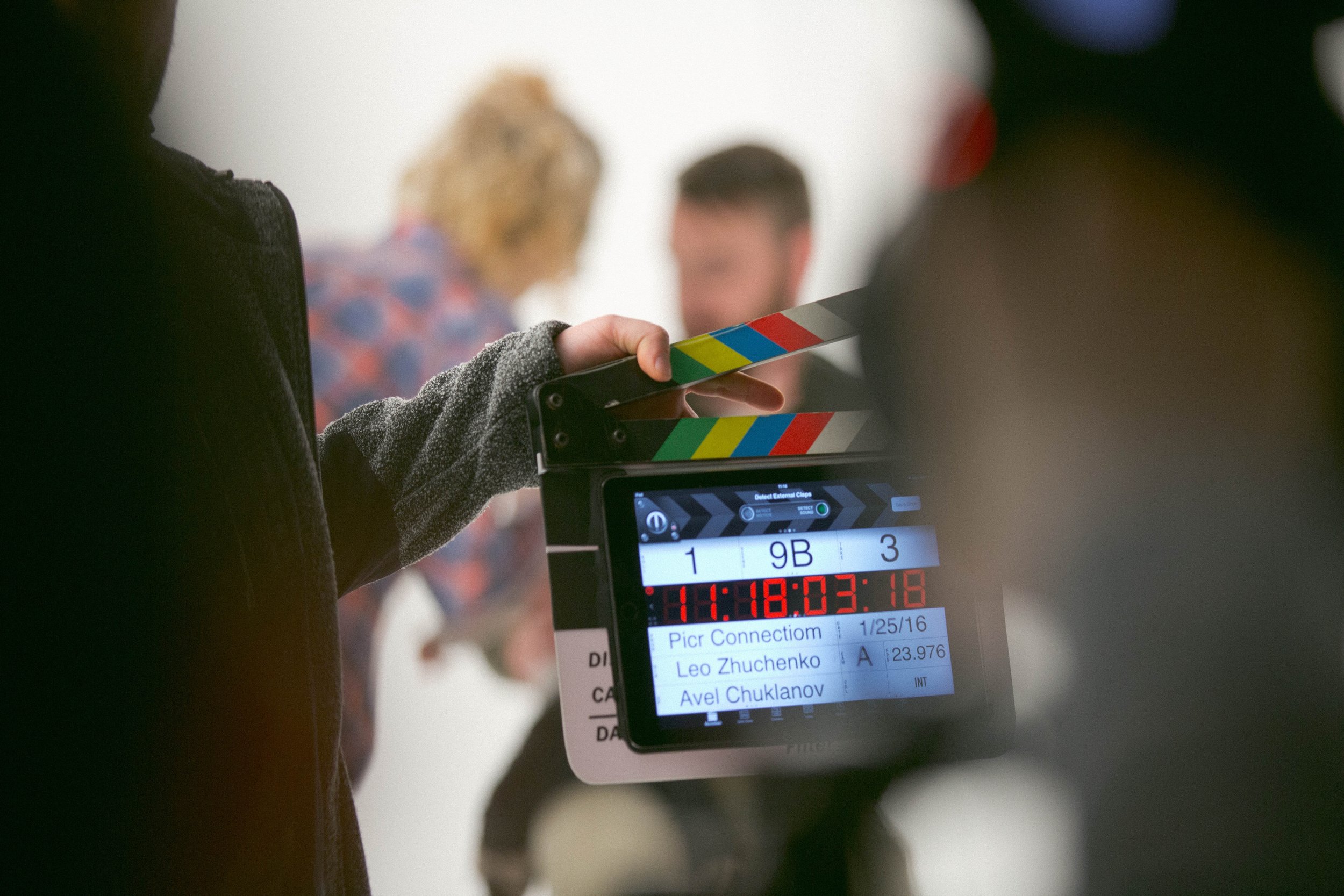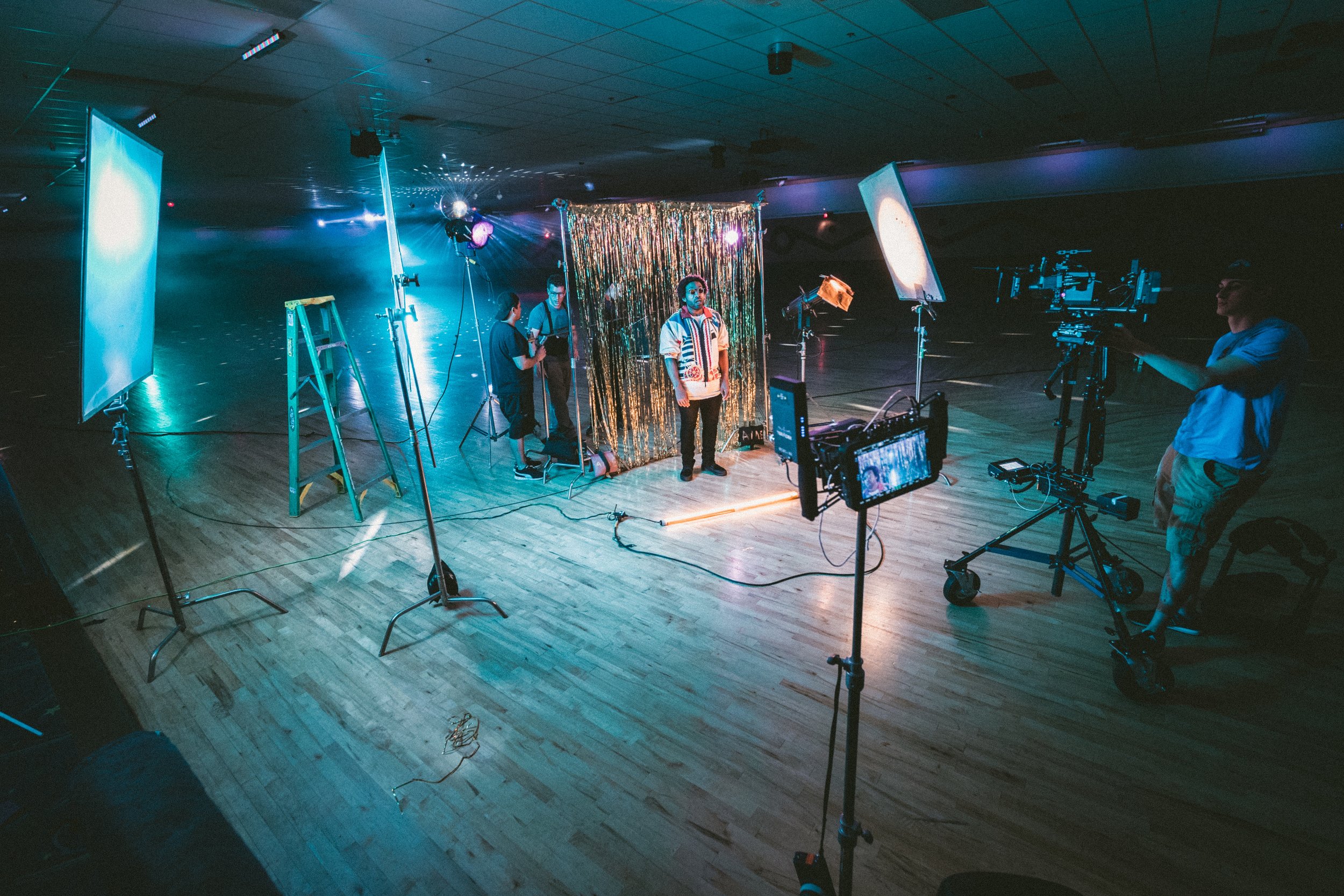
The Domain Assumptions of Translational Mobilisation Theory
Translational Mobilisation Theory is based on four core assumptions about the organisation of activity in institutional contexts that it is important to understand when applying the theory.

1. An ecological approach to collective action
Translational Mobilisation Theory adopts an ecological approach to collective action. In the same way that the concept of the ecosystem in biology underlines the network of interactions between organisms in a particular environment, ecological approaches to collective action underscore the dynamic and emergent qualities of systems of activity and the inter-relationships between people, materials and technologies within a given context (Hughes, 1984).
2. A process view of formal organisations
Translational Mobilisation Theory adopts a process view of organisations. It conceptualises seemingly durable social forms, that is structures or institutions - such as professional roles and organisational routines - as on-going accomplishments that come into being through their use in action (Strauss 1964; Weick 1979). The aim here is to capture the relationship between the active and interpretative dimensions of everyday life, whilst recognising that the world appears as external to and a constraint on action.
3. Social action is always mediated by artefacts
Deploying insights from Activity Theory (Engeström, 2000), Translational Mobilisation Theory draws attention to how artefacts mediate activity. This might include material artefacts, such as tools, technologies and instruments, or cognitive artefacts, such as categories, heuristics and methods. Artefacts are the means through which participants in systems of work create and understand the objects of their practice – whether this is a patient, a research project or the production of a film - and they condition the possibilities for action.
4. Collective action is distributed between people, materials and technologies
Translational Mobilisation Theory understands collective action as distributed between people, materials and technologies. This insight is derived from Actor Network Theory, which directs attention to the socio-material relationships in field of practice and how these are arranged in time and space (Latour, 2005). It also highlights the potentially transformative impacts of new technologies and materials on systems of work.
The application of the domain assumptions of Translational Mobilisation Theory to conceptualise healthcare work for improvement purposes

Formal organisation
In healthcare, the formal components of organisations and institutions – such as work roles, rules or routines - are typically treated as external drivers of human activity. Within Translational Mobilisation Theory, social institutions and human agency are conceptualised as working back and forth in a dynamic relationship. Thus while institutions shape the possibilities for action, their meanings are enacted by human agents through their use in practice.
This invites us to understand the normal condition of healthcare organisation as an on-going tension between stability and fluidity, formality and informality, as members make sense of and deploy the available social structures and resources in carrying out their work within a given organisational context. The dynamic of this relationship can have positive or negative effects.
Ethnographic studies of innovation in healthcare highlight how interventions become embedded in organisations because of the negotiations, workarounds and tinkering work that people do to integrate them into practice for patient benefit (Timmermans and Berg, 2003). Conversely, this relationship can lead to normalised deviance and have a negative impact on healthcare quality (Barach and Phelps, 2013). Understanding this relationship and its implications for healthcare quality should be at the centre of any improvement effort and current debates about implementation and sustainability.
Patients
In healthcare, patients are conventionally treated as if they have pre-existing and stable identities, with care coordination believed to depend on patient-centred approaches and good communication. Without denying the human dimensions of care, Translational Mobilisation Theory draws attention to the multiple versions of the patient created by healthcare systems, as patients are understood in relation to a wide range of practices, technologies and methodologies.
Considered in this way, as the objects of healthcare practice, ‘patients’ have to be understood as decentred, that is, distributed in social time and space between services, providers and technologies. For example, Mol (2002) has shown how the construction of a patient with atherosclerosis that is observed in the clinic, is different from that which is displayed in the vascular laboratory and different again from the picture that emerges in the operating theatre.
In a similar vein, Taee (2017) describes how patients in Bhutan are understood in different ways by orthodox, traditional and alternative approaches to medicine as they seek cures for their ailments. Acknowledging the spread and multiplicity of patient identities in a collaborative endeavour raises critical questions about the understanding necessary to enable collective action and how this is achieved.
Socio-material practices
Translational Mobilisation Theory focuses attention on the social, material and cognitive processes through which healthcare activities are accomplished and in particular how action is mediated by artefacts.
In healthcare, multiple artefacts are deployed in the work of patient care. These include formal artefacts such as diagnostic categories, risk assessment scores, laboratory tests. It also includes informal artefacts, such as the heuristics, technologies and methodologies individuals deploy to support their practice: the diagnostic rules of thumb used by Ear Nose & Throat surgeons and found to be responsible for widely different rates of tonsillectomies (Bloor, 1976), the ‘mind lines’ deployed by general practitioners (Gabbay and Le May, 2004), or the ‘scraps’ deployed by nurses to manage their patient care work (Hardey et al, 2000).
Translational Mobilisation Theory takes seriously the actions that are accomplished through such socio-material arrangements and how these mediate action in different contexts. Understanding that artefacts do not simply support work activity, they transform the nature of the task and redistribute work, highlights how the introduction of new artefacts has important consequences for practice (Allen, 2012; 2016).
References
Allen, D. (2012)
“Understanding context for quality improvement purposes: artefacts, affordances and socio-technical infrastructure”, Health: An Interdisciplinary Journal for the Social Study of Health, Illness and Medicine, Vol. 17, No 5, pp. 460-477
Gabbay, J., and Le May, A. (2004)
Evidence based guidelines or collectively constructed ‘mindlines?’ Ethnographic study of knowledge management in primary care. British Medical Journal, 329 (1): 1013-1016.
Allen, D. (2016)
“The importance, challenges and prospects of taking work practices into account for healthcare quality improvement: Nursing work and patient status at a glance white boards”, Journal of Health Management and Organization, Vol. 30, pp. 672-689.
Hardey, M., Payne, S. , Coleman, P. (2000).
Scraps: hidden nursing information and its influence on the delivery of care, Journal of Advanced Nursing 32: 208-214.
Timmermans, S. and Berg, M. (2003)
The practice of medical technology, Sociology of Health & Illness, 25: 97-114.
Bloor, M. (1976)
Bishop Berkeley and the adenotonsillectomy enigma: An exploration of variation in the social construction of medical disposals, Sociology, 10 (1): 43-61.
Latour B. (2005)
Reassembling the Social: An Introduction to Actor-Network-Theory, Oxford: Oxford University Press.
Weick K.E. (1979)
The Social Psychology of Organizing. London: Random House.
Engeström Y. (2000)
Activity Theory as a framework for analysing and redesigning work, Ergonomics 43 (7): 960-72.
Mol, A. (2002)
The Body Multiple: Ontology in Medical Practice, Duke University Press: Durham, NC.
Strauss, A., Schatzman, L., Bucher, R., Ehrlich, D., & Sabshin, M. (1964)
Psychiatric Ideologies and Institutions, New Brunswick: Transaction Publishers Taee, J. (2017) The Patient Multiple: An Ethnography of Healthcare and Decision-Making in Bhutan, Berghahn: New York and Oxford.
The three core concepts of Translational Mobilisation Theory
Project | Strategic Action Field | Mechanisms of Mobilisation

Project:
What is done in collective action

The project is the primary unit of analysis in Translational Mobilisation Theory and provides a frame for understanding the socio-material relationships in a collective activity.
A project is ‘an emergent, goal-oriented enterprise, constructed by the interests of those that gather around it, and which has an associated division of labour, tools, technologies, practices, norms, rules and conventions’ (Allen & May, 2017).
A project involves planned and emergent components, and it follows a trajectory through social time and space within a Strategic Action Field.
Projects can be defined at different levels of granularity depending on the purpose. In healthcare, it could be the whole patient journey through an episode of care, it could be delimited to patient care in one part of the health and social care system, or it could refer to a particular process or procedure – such as the actions that are necessary to monitor, detect and act on signs of deterioration. For some purposes there can be value in dividing a project of collective action into sub-projects.
Examples of what is done in collective action:
Strategic Action Field:
Where collective action is done

Projects generate and are generated by Strategic Action Fields (Fligstein & McAdam 2011).
In Translational Mobilisation Theory the Strategic Action Field defines the institutional contexts in which projects are mobilised.
Strategic Action Fields provide the norms, resources and constraints that condition collective action.
These include:
The stable institutional arrangements in a strategic action field that differentiate actors (divisions of labour, social worlds, hierarchies, departments, units, teams).
Example #1
In the case of the care of a patient in an Emergency Department this draws attention to the relevant roles, responsibilities, and relationships involved in the ED (nurses, doctors, support workers, clerical staff), and between the ED and other specialist teams, services and departments – for example Ambulance Services, General Practitioners, X-ray, laboratories, pharmacy, social work.
Example #2
In the case of a research study this draws attention to the different collaborators involved in a project, their institutional or departmental affiliations, disciplinary expertise and their role in the study (Principal Investigator, workstream lead, research assistant, research manager, study administrator), it also brings into view the wider organisations which shape the organisation of the study, for example, the funding bodies, research ethics committees and study sites.
Example #3
On a film set it draws attention to the relationships between the Film Producer, Director, production team and cast as well as investors and backers, and the legal frameworks for production.
Elements of a strategic action field that provide a set of normative conventions that define the scope of possible action, drive action and shape its purpose.
Example #1
In the care of a patient in ED this could include the logic of diagnosis, or recovery (in the case of an emergency), efficiency and ensuring patient throughout.
Example #2
In the case of a research project it directs attention to the logics relating to scientific and methodological rigour, research ethics and governance and the relevance and transferability of the findings as well as intersecting logics such as the logic of research capacity building and career development.
Example #3
The production of a film is driven by a logics that reflect the Director’s artistic intentions, investor and audience requirements, budgetary considerations, the constraints of the location and concern for the needs of the cast.
The materials and technologies in a strategic action field that support practice.
Example #1
In the healthcare Emergency Department this draws attention to the constraints of the material environment, the technologies and materials involved in the patient’s care – bed, medications, monitoring equipment, information and communication systems, assistive technologies.
Example #2
In the research project this draws attention to the sites of the research, research technologies – whether this is sophisticated laboratory equipment such as the Hadron Collider or the more modest technologies of social science, such as notebooks, digital tape recorders, and computer software.
Example #3
On a film set it draws attention to the features of the location, lighting, cameras, special effects, costumes, make up and props, the film footage and out-takes.
Elements of a strategic action field that provide agents with a set of cognitive artefacts and relational resources for making sense of and mobilising activity (classifications, scripts, categories, discourses, routines).
Example #1
In the Emergency Department this draws attention to the diagnostic categories, guidelines, assessment forms, check lists and proforma, professional mind-lines and heuristics through which healthcare professionals transform a patient into a case to enable them to do their work.
Example #2
In a research project it draws attention to the conceptual and theoretical framework underpinning the study, the sampling frame, methodological processes, outcome measures and analytical techniques.
Example #3
On a film set it this draws attention to the research that informed the production, script, story boards, stage directions, cues and the heuristics used by actors in adjusting their performance to their co-actors.
Mechanisms
How collective action is done

In Translational Mobilisation Theory, projects are organised and mobilised through five mechanisms.
Mechanisms are at one and the same time mechanisms of mobilisation and institutionalisation.
Mechanisms mobilise action in a project of collective activity and, through their enactment in practice, they produce and reproduce the institutional structures and normative resources that define the Strategic Action Field and condition future actions.
Mechanism 1: Object formation
Object Formation refers to how actors involved in collective action draw on interpretative resources to create the objects of their practice.
Example #1
In healthcare, this may include the array of assessment forms and diagnostic categories through which patients are understood in order for treatment and diagnosis to proceed.
Example #2
In a research project, it could include the study protocol which delineates the aims and objectives and research design.
Example #3
On a film set, it might entail the script and characterisations which casts actors into a particular role in an unfolding story or the technical specifications that inform the special effects required for a scene.
Mechanism 2: Reflexive Monitoring
Reflexive Monitoring refers to how actors involved in collective action collectively or individually appraise and review activity.
This can involve informal processes at the level of an individual, formal collective processes through structured meetings, and technological mediated processes through the use of dashboards or digital displays.
Example #1
In healthcare this could include the formal and informal monitoring of the status of a patient‘s ongoing care.
Example #2
In a research project it could include the work done by an individual researcher to assess progress against milestones, reviews undertaken at team meetings to maintain an overview of progress, or annual reporting to a formal steering group.
Example #3
On a film set it might entail participants‘ monitoring of activity on the set and assessing its consequences for action.
Mechanism 3: Articulation
Articulation refers to how actors assemble and align in time and space the socio-material relationships in projects of action.
This involves:
Temporal Articulation - work to ensure things happen at the right time and in the right order.
Material Articulation - work that is done to ensure all the materials and resources required to support activity are in place.
Integrative Articulation - work that is done to ensure that decision making is aligned.
Example #1
In healthcare it might draw attention to the invisible work of nurses in coordinating activity.
Example #2
In a research study it would draw into view the work of the study manager in keeping the workstreams on track.
Example #3
On a film set it might focus attention on the role of runners in sourcing materials to keep production on track or the role of the Director in coordination action for a scene.
Mechanism 4: Translation
Translation refers to how practice objects are shared and differing viewpoints accommodated to enable projects to progress. Translation can be achieved in different ways, through discussion and negotiation, through the use of formal artefacts which require the work of one actor to be translated for the purpose of another.
Example #1
In healthcare it might draw attention to the corridor conversations and negotiations which take place between providers and also the use of more structured methods designed to facilitate communication across occupational boundaries.
Example #2
In a research project translation could include the work that is necessary in building a research team to communicate across disciplinary boundaries.
Example #3
On a film set it might relate to how different actors translate a script and enact their roles in line with the Director‘s creative vision.
Mechanism 5: sensemaking
Sensemaking refers to the material, discursive and social processes through which actors order their activity and account for their action and at the same time enact the institutional features of a Strategic Action Field.
Sensemaking draws attention to how participants in projects of collective action interpret, deploy and enact the interpretative resources within a Strategic Action Field in mobilising their activity and how these social practices condition future action.
Example #1
In healthcare this directs attention to how staff orient to the structures, routines, processes and artefacts in managing patient care and how these are used to account for their practices.
Example #2
In a research project is could refer to how methods and procedures are understood and enacted.
Example #3
On a film set it may refer to how set directions and instructions are understood and shape performances.
Summary of the core concepts of Translational Mobilisation Theory (developed from Allen, 2018b)
View the table below or see all tables on the Additional Resources page.
References
Allen, D., & May, C. (2017)
Organising Practice and Practising Organisation: Towards an outline of Translational Mobilisation Theory, Sage Open, April-June 2017 1-14, http://journals.sagepub.com/doi/abs/10.1177/2158244017707993
Fligstein N, McAdam D. (2011)
Toward a General Theory of Strategic Action Fields, Sociological Theory 29 (1): 1-26.
Precepts
The domain assumption and core concepts of Translational Mobilisation Theory can be summarised in the following precepts:

Collective, goal-oriented action in institutional settings is mobilised through projects which have contingent outcomes.
A project is an institutionally sanctioned socio-technical network of distributed action and actors that follows a trajectory through time and space.
Projects are generated by, and generative of, Strategic Action Fields.
Strategic Action Fields are located in institutional contexts, which create the resources that enable, and the conditions that shape, project mobilisation.
Projects in complex social systems are mobilized through the mechanisms of object formation, articulation, translation, reflexive monitoring and sensemaking.
The Mechanisms of project mobilisation connect the domains of practice and the domains of organisation through processes of sensemaking.
There is a reciprocal relationship between the production and reproduction of institutionally sanctioned agency, and the production and reproduction of institutionally framed objects.
References
Allen, D., & May, C. (2017)
Organising Practice and Practising Organisation: Towards an outline of Translational Mobilisation Theory, Sage Open, April-June 2017 1-14, http://journals.sagepub.com/doi/abs/10.1177/2158244017707993





















